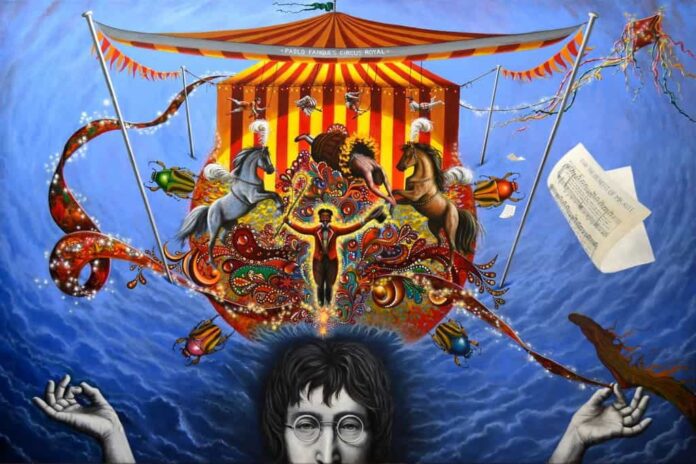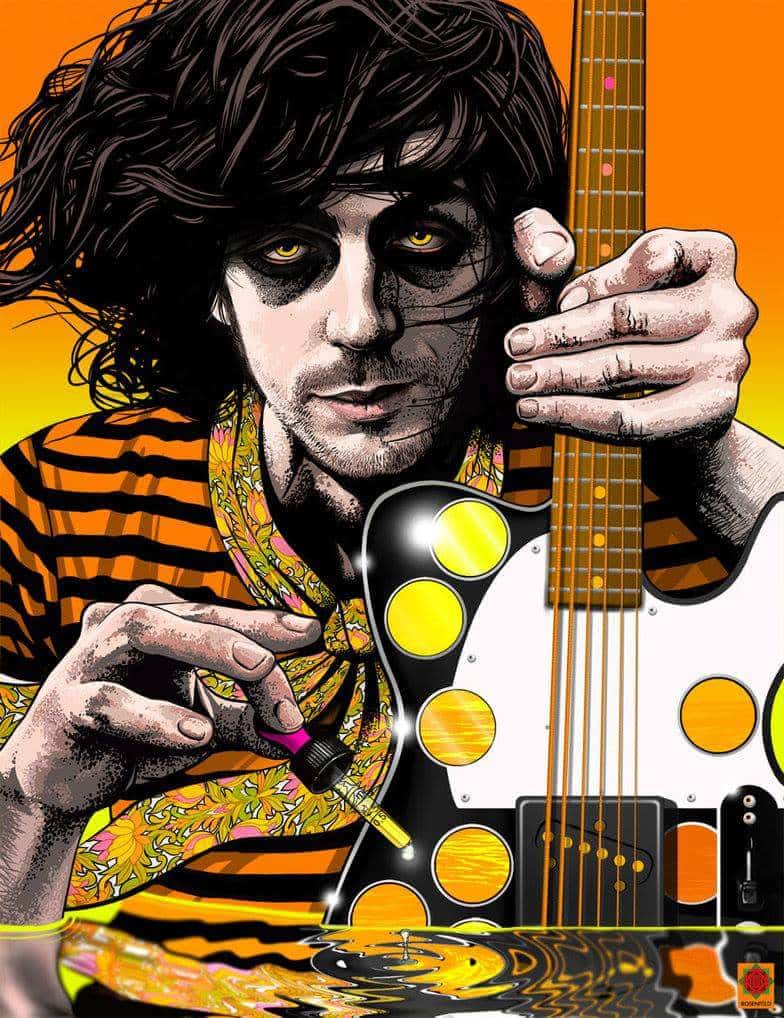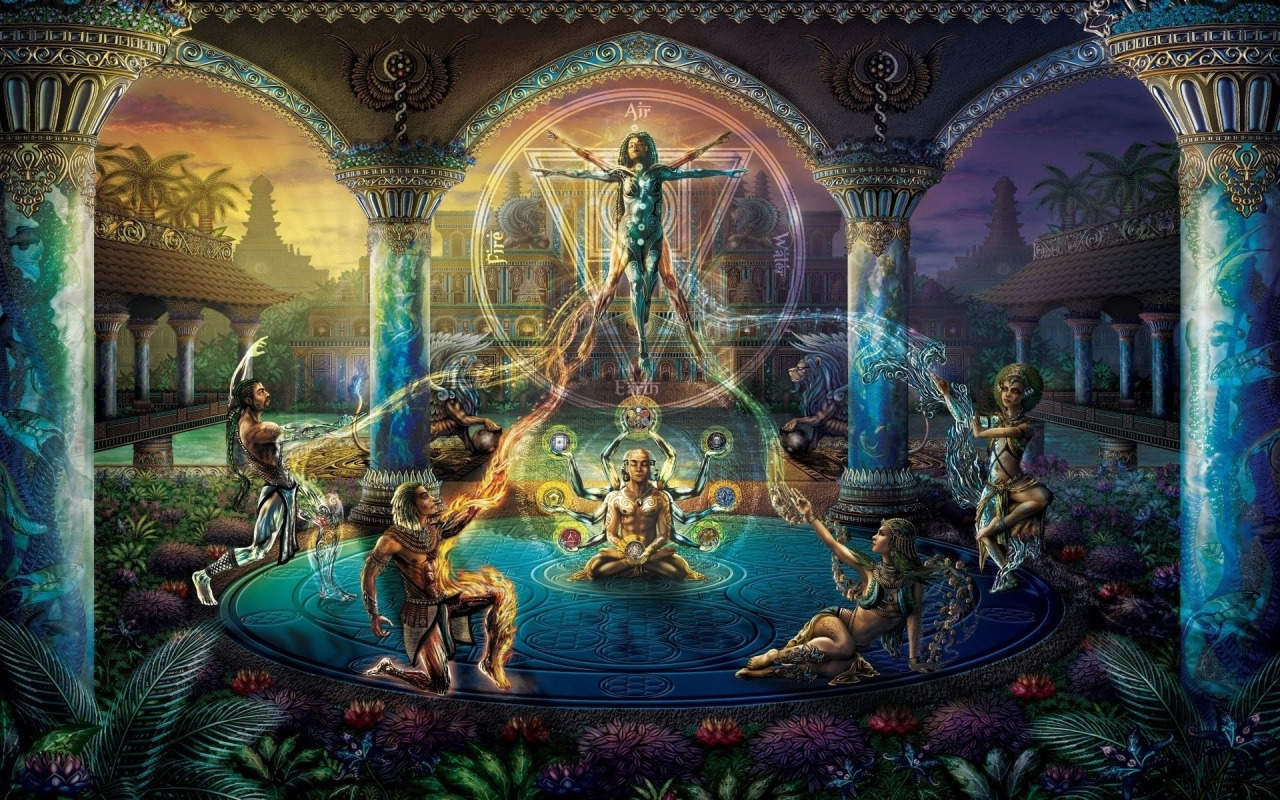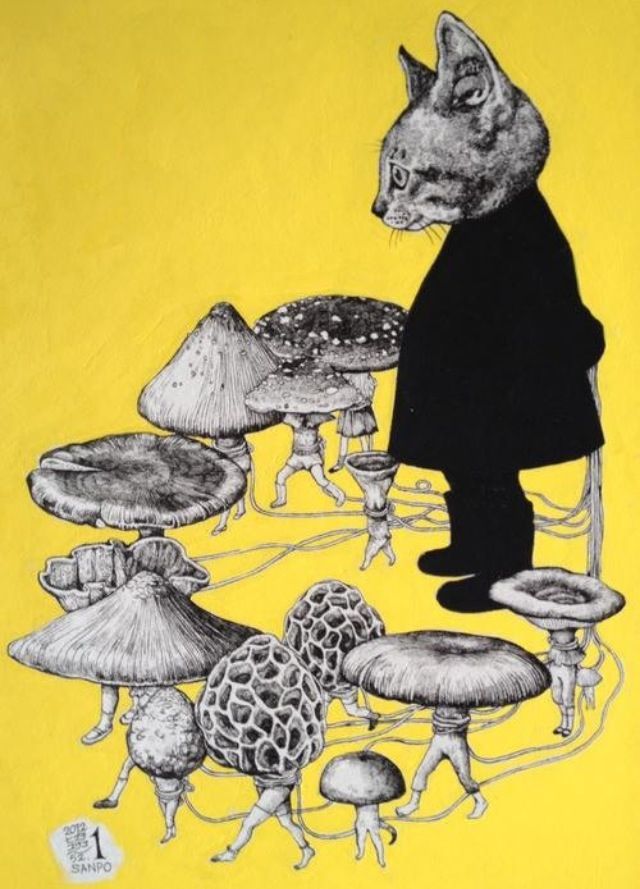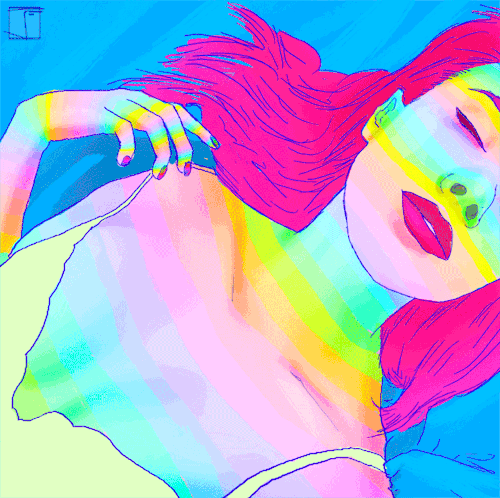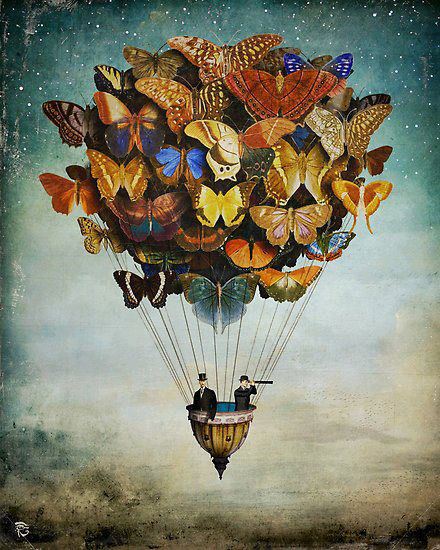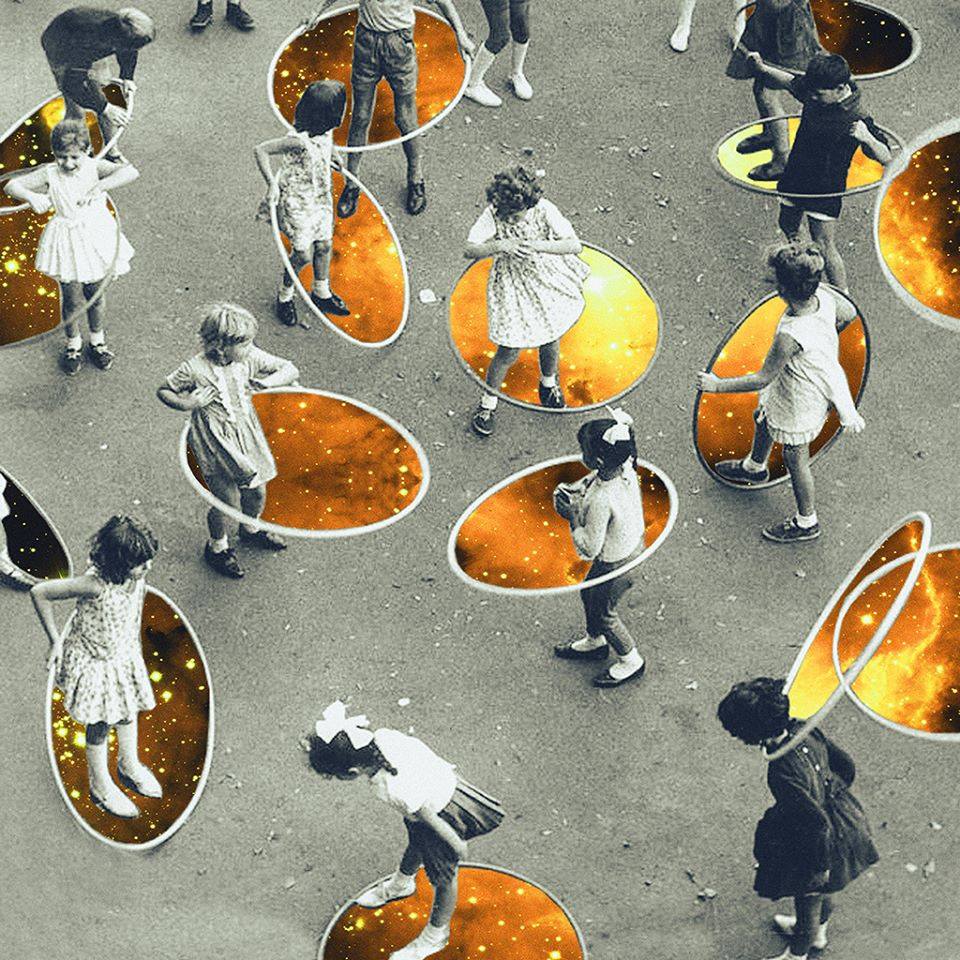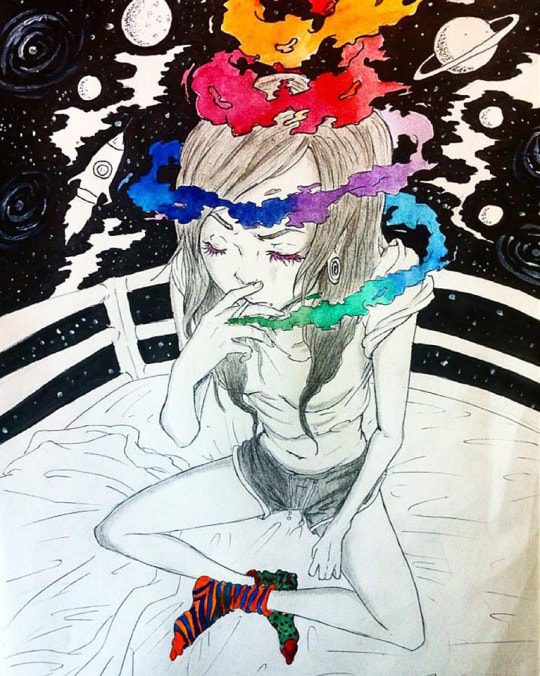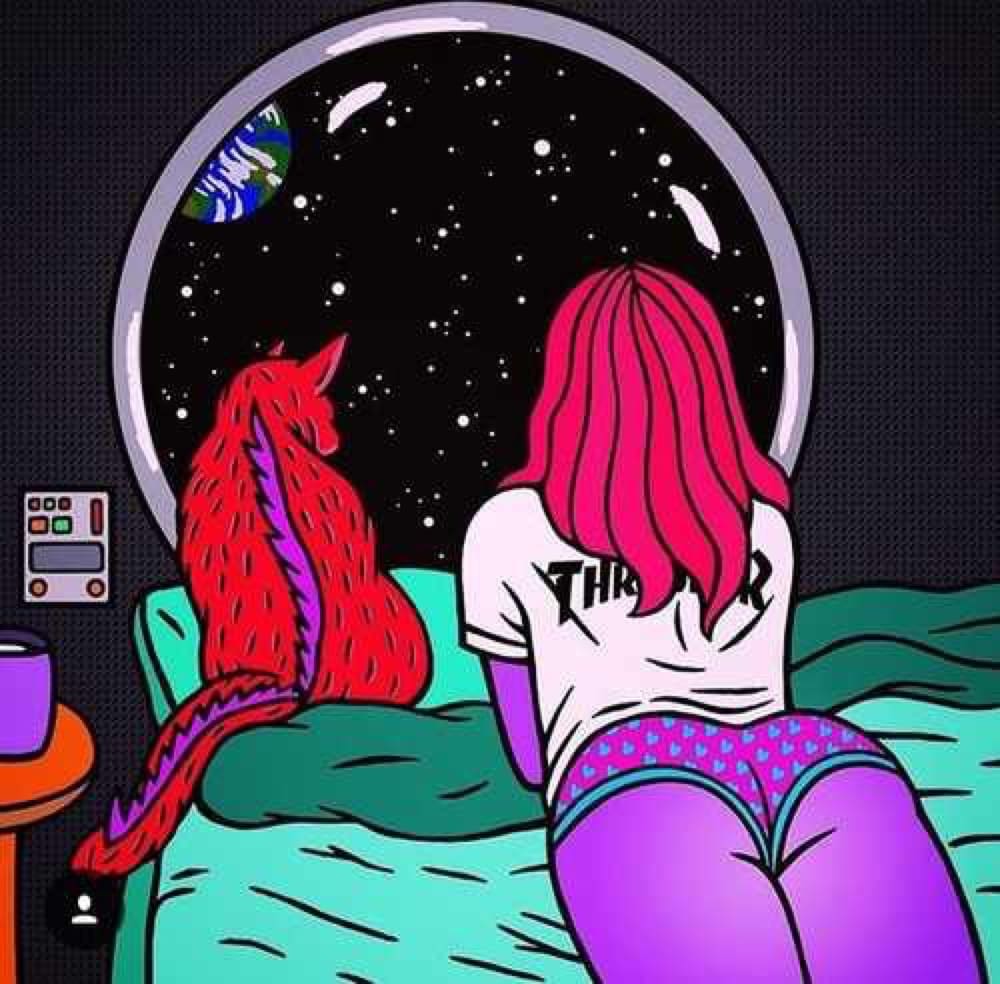Psychedelic art is intricate detailed with many colors, often crazy, or mysterious. It draws from different influences tribal, or kinetic with optical illusions, and embraces a wider spectrum of surrealism. But at the heart of it is the expression of the spirit.
Psychedelic Art: The roots
Coming from the word “psychedelos” which means open the spirit, the psychedelic art is the expression of the inner world or spirit.
The psychedelic art is any art triggered by the manifestation of the inner world. Thus, it may come in various forms, such as tribal arte, arte brute or raw art, kinetic art with optic illusions, art nouveau or surrealism with Salvadore Dali and Klimt as key artists. The climax of the psychedelic art was in the ‘60s, arguing for an open mind and consciousness for global solutions in the society. Its boundaries and origins are hard to identify since it is present in a large spectrum of areas, namely in literature, cinema, comics, music, fashion, advertising etc.
Nowadays, the psychedelic art could be expressed in the numeric art, street art or architecture.
“Don’t complain, paint yourself”
About Psychedelic Art
Psychedelic art is any art or visual displays inspired by psychedelic experiences and hallucinations known to follow the ingestion of psychoactive drugs such as LSD and psilocybin. The word “psychedelic” (coined by British psychologist Humphry Osmond) means “mind manifesting”. By that definition, all artistic efforts to depict the inner world of the psyche may be considered “psychedelic”. In common parlance “psychedelic art” refers above all to the art movement of the late 1960s counterculture. Psychedelic visual arts were a counterpart to psychedelic rock music. Concert posters, album covers, lightshows, murals, comic books, underground newspapers and more reflected not only the kaleidoscopically swirling colour patterns of LSD hallucinations, but also revolutionary political, social and spiritual sentiments inspired by insights derived from these psychedelic states of consciousness.”
